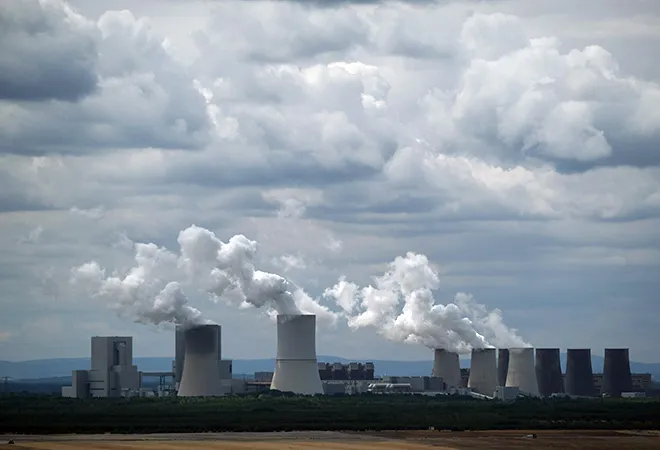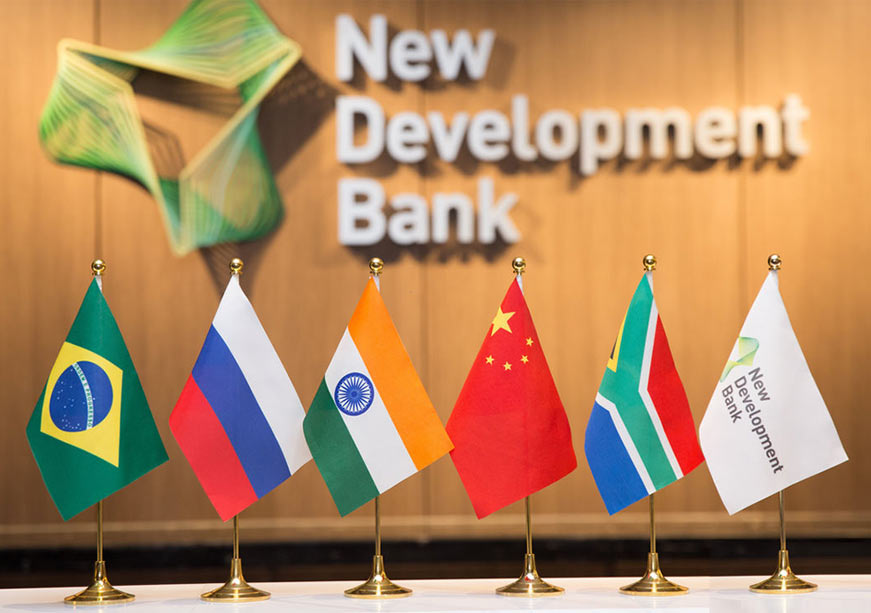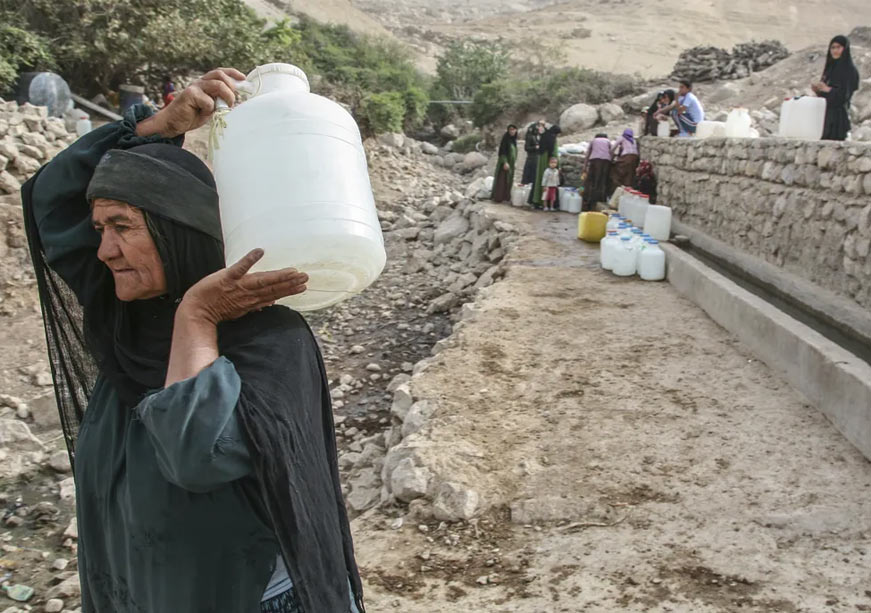Civilian nuclear energy carries the potential to deliver on the two critical national pursuits of energy security and economic prosperity. This is premised on two sets of considerations: first, the impact an effective deployment of nuclear energy can have on a country’s energy security and its attendant strategic calculus; second, the value inherent in the enormous economic potential of nuclear commerce. This commentary highlights the value of nuclear energy, while considering the potential of Small Modular Reactors (SMRs) as a more compelling variation and proffers that international cooperation in nuclear commerce could emerge as an area of abiding strategic partnership between countries.
Nuclear energy must be part of the solution
The International Energy Agency (IEA) makes a compelling case for including nuclear energy as an integral part of the solution for countries seeking dispatchable baseload options and solutions to their energy trilemma.
Nuclear energy forms an important part of the consortium of options capable of ushering in deep decarbonisation of the electricity sector. It also makes consequential contributions as a supplemental option in the industrial sector. Furthermore, it contributes at various levels to nearly all indices associated with global energy transition goals and the Sustainable Development Goals (SDGs). On a Levelized Cost of Energy (LCOE) metric, nuclear energy fares well with its characteristic of providing reliable grid-scale, low-carbon electricity. The Value Adjusted Levelized Cost of Energy (VLCOE) is even lower than solar plants, attributable in large measure to the typical life span of nuclear plants being close to 80-100 years as compared to the 25-30 year spans of solar energy installations. An important caveat here is that improvements in battery technology and storage options could alter the dynamics of cost-comparisons further in favour of renewables when compared with nuclear. Successful harmonisation with nuclear energy addresses both intermittency factors and unnecessary disruptions involved in decarbonisation and energy transitions.
Table. 1 : Countries considering adding nuclear power to their energy mix
| Albania | Serbia | Croatia | Bangladesh | Sri Lanka |
| Norway | Poland | Estonia | Uzbekistan | Indonesia |
| Latvia | Lithuania | Ireland | Philippines | Vietnam |
| Türkiye | Saudi Arabia | Qatar | Thailand | Laos |
| Kuwait | Iraq | Yemen | Cambodia | Malaysia |
| Israel | Syria | Jordan | Singapore | Myanmar |
| Egypt | Tunisia | Libya | Australia | North Korea |
| Algeria | Morocco | Sudan | Nigeria | Paraguay |
| Zambia | Namibia | Rwanda | Tanzania | Mongolia |
| Ethiopia | Cuba | Chile | Kazakhstan | Georgia |
| Ecuador | Venezuela | Bolivia | Peru | Azerbaijan |
| Ghana | Senegal | Kenya | Uganda | – |
Based on World Nuclear Association data, 2024-25
Issues with large nuclear reactors
While countries such as France draw 70 percent of their energy requirements and enviable energy self-sufficiency from nuclear energy, there are limitations and concerns inherent in the very structure of conventional large-scale nuclear reactors:
- They demand substantively high capex
- Large-scale nuclear plants have routinely suffered cost overruns.
- These projects tend to have very long gestation periods.
- The management of hazardous waste and effective waste disposal have been consistent concerns.
- Countries with smaller grids hoping to start on a nuclear power programme face challenges in integrating the scale of the electricity from these plants into the national grids. This has led to countries with large grid capacities alone hosting nuclear power plants.
- Worrying concentration of uranium mining and reactor production creates substantive supply chain vulnerabilities.
- Incompatibility with easy customisation and inability to decentralise make large nuclear plants difficult to deploy universally.
- Land acquisition is a persistent issue with large nuclear facilities, and compounds the externalised and socialised costs associated with the form.
Small Modular Reactors as an Alternative
Now, nuclear plants are engineered such that increasing the capacity of an existing one makes more fiscal sense than seeking to establish new ones, because through economies of scale, the cost of electricity per unit is brought down. It is, however, an enterprise that involves absorbing the above-listed issues with these plants all over again by bearing the financial, technical, political, and societal opposition risks.
However, Small Modular Reactors (SMRs), which are reactors with a power capacity of 300MW(e)/unit or less, and can be shipped for assembly on site, can address many of the issues plaguing large nuclear plants, and offer an alternative which addresses issues of cost, scalability, modularity and flexibility aimed at need and location, as well as adaptability aimed at grid capacity.
- SMRs are expected to have smaller cores. This modification directly translates into reducing the amount of radiation if an accident occurs.
- SMRs have substantially reduced the need for refuelling, which allows for potentially fewer avenues for leakages and accidents in transit and handling of raw materials.
- SMRs possess the unique benefit of modularity and customisation, which are well-suited to deployment with lesser ancillary demands on the ecosystem, and thereby commend themselves to decentralisation of national energy grids.
- Subsequently, the modularity of design enhances the speed of installation and assembly, resulting in substantive cost savings.
- Although disputed by an authoritative study in 2022, the industry projections for SMRs suggest that the amount of waste generated and stored is far less than that of generated by large nuclear plants.
- SMRs reduce the need for expansive grid capacities, thereby being uniquely well-suited to countries at lower levels of grid sophistication that are seeking nuclear as a viable option.
- SMRs can prove very useful in contingencies and in the projection and sustenance of maritime force deployment of countries through the superior mobility they can equip nuclear-powered ships and submarines with.
SMRs, however, are nowhere close to being a panacea in the quest for energy security, given that discussions on their potential are founded on a technology which remains largely theoretical and, importantly, is yet to be standardised in an effective and deployable manner. There are currently nearly 72 SMR reactor designs being developed worldwide. The only operational SMR in the world is the Floating Nuclear Power Plant (FNPP) operating in Pevek in Russia since May 2020. The second one is China’s Linglong One, which will be the world’s first commercial land-based SMR, commencing in 2026. India’s reactors— Pressurised Heavy Water Reactors (PHWRs) that have a capacity range between 200-220MW, technically qualify as small reactors, minus the modularity feature. However, the absence of design standardisation has meant that the attendant benefits relating to costs are yet to percolate.
SMR deployment expediently through international cooperation
Given its potential and value to both electricity generation and industrial applications aimed at economic growth, the production and deployment of SMRs should be a central element in Global South strategies for countries such as France, the United States, South Korea, India, and the United Arab Emirates (UAE). These are actors that are poised to face substantially increased energy demand from the data centres and AI machine learning applications that each of them has been focusing on nationally and investing in. By leveraging their comparative advantages, they can play a significant role in the domain of nuclear commerce. This could be by sharing prized SMR technology, which could then be adapted to high-density urban populations and desalination targets, while also coordinating efforts to bridge the financing gap.
The ambition to harness the potential of nuclear energy must recognise the value that both large and small nuclear reactors can bring to the table. Evolving partnerships between countries such as India, France, South Korea, the US and the UAE are actively shaping such an architecture. The varying permutations in the bilateral and trilateral partnerships between these countries offer a useful roadmap. For instance, the Indo-French model for furthering cooperation in the field, based on two models—the traditional large French European Pressurised Reactors, such as those proposed under the long-delayed Jaitapur project and the development and integration of India’s 220MW model of Pressurized Heavy Water Bharat Small Modular Reactor—can provide significant impetus to build on the promise of SMRs and Advanced Modular Reactors (AMRs) while consolidating partnerships in the large nuclear space. Similarly, the Indo-US cooperation in the field consists of three comprehensive verticals, consisting transfer of advanced nuclear technology, facilitation of uranium supply chains and the joint development of SMRs and AMRs. Again, the India-UAE-France trilateral builds on the value of large nuclear plant management and SMR development and deployment.
The substantial costs associated with SMR deployment need to be borne as a strategic imperative. China has already established a significant footprint in the field of reactor production, positioning Beijing to potentially dominate SMR production, once design standardisation is achieved. In the absence of viable alternatives being offered by other countries, this trajectory could eventually prove similar to the Chinese market capture of the EV sector. Such a monopoly could translate into a politico-economic leverage, particularly in the Global South, where energy-intensive industries and pursuits are rapidly expanding.
The proposition for cooperating to deploy SMRs in the Global South is a capital-intensive one with initially low Return-on-Investments (RoIs) and higher gestation periods. Yet, active regional engagement is essential to count internationally. SMR deployment must, then, serve as a strategic imperative in the outreach and engagement that each of these five countries has with the Global South.
Cauvery Ganapathy is Non-Resident Fellow, ORF Middle East.












